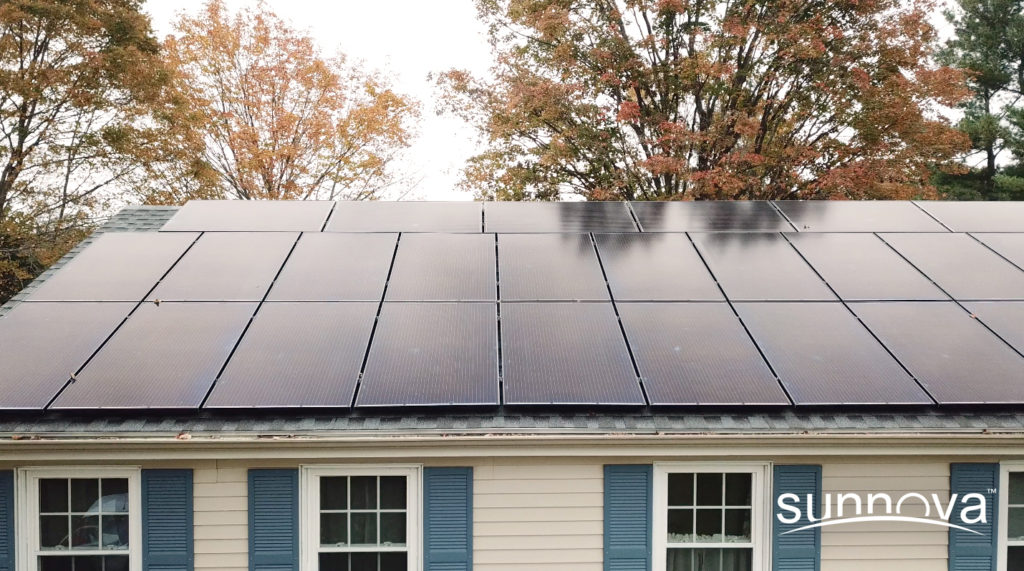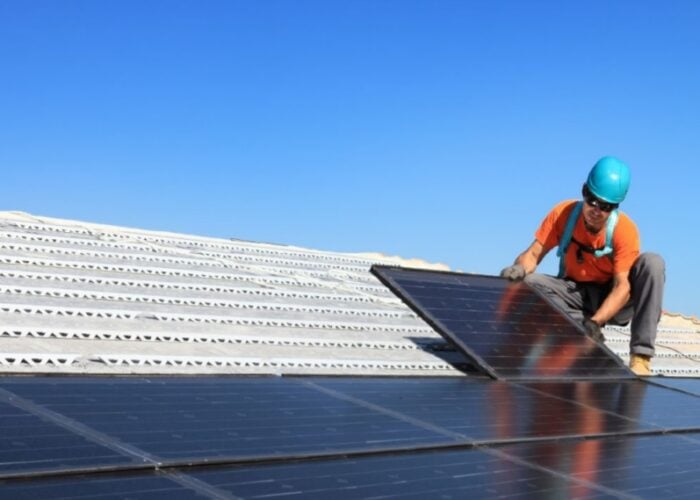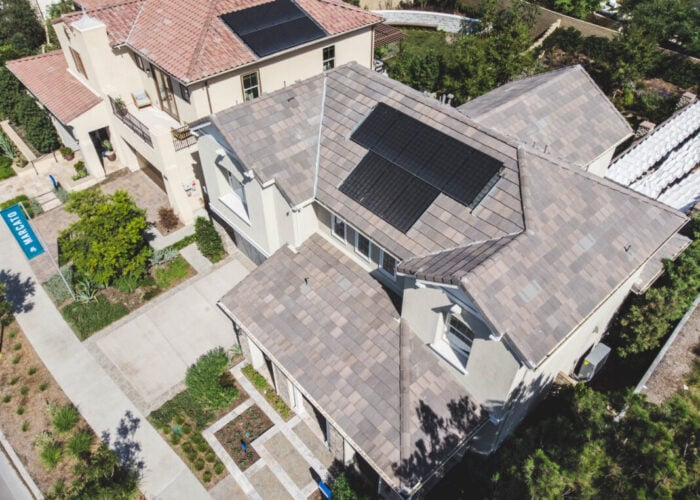
Solar and storage provider Sunnova, SolarEdge Technologies and National Grid have partnered on a grid stability project in New England, US.
The partnership will use Sunnova’s solar and storage assets, along with SolarEdge’s grid architecture, to improve power quality in National Grid’s service area using distributed energy resources (DERs).
Unlock unlimited access for 12 whole months of distinctive global analysis
Photovoltaics International is now included.
- Regular insight and analysis of the industry’s biggest developments
- In-depth interviews with the industry’s leading figures
- Unlimited digital access to the PV Tech Power journal catalogue
- Unlimited digital access to the Photovoltaics International journal catalogue
- Access to more than 1,000 technical papers
- Discounts on Solar Media’s portfolio of events, in-person and virtual
Sunnova and SolarEdge will provide voltage support across Massachusetts and Rhode Island through DERS, strengthening resiliency and reliability, according to a company media release. It is hoped the partnership will enable National Grid to reduce distribution system losses and allow for more efficient delivery of power to its customers.
“National Grid’s continued efforts to further integrate distributed energy resources will be accelerated by this effort which will leverage DERs interconnected to the grid to optimise power quality, which will reduce costs for all customers,” said John Isberg, vice president of customer sales and solutions at National Grid.
Over the past decade, 838MW of residential distributed energy assets have been built in Massachusetts and 58MW in Rhode Island, according to Wood Mackenzie.
“This first of its kind solution aims to save homeowners money, increase New England’s grid efficiency and support National Grid on its path to achieving net zero by 2050,” said Michael Grasso, chief marketing and growth officer at Sunnova.
Sunnova’s aggregated residential solar and storage portfolio delivers over 150GWh of renewable energy a year to New England’s homeowners.
In April, the company reported strong financial results as a result of high US residential solar demand after posting shaky figures in the second half of 2020.






